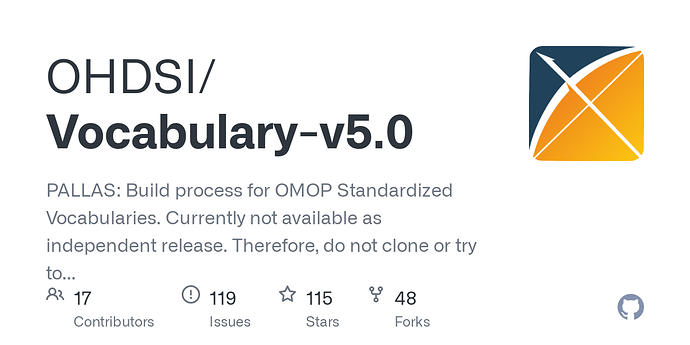We are currently working on the ETL of the French National Healthcare System database (SNDS), which merges, among others, claims data and hospital discharge summaries.
Four different types of condition can be found:
-
Primary diagnosis [hospital settings]: the health problem that motivated the admission in the hospital.
-
Related diagnosis [hospital settings]: exists only if the primary diagnosis is a care procedure with a code Z of the ICD-10 classification (e.g. chemotherapy session). It indicates the pathology at the origin of the care procedure
-
Associated diagnoses [hospital settings]: specified if they justify the use of specific healthcare resources. They are mainly underlying chronic diseases, making patient management more complex (and more expensive).
-
Long term disease registration: mainly concerned costly chronic diseases, obtained at the request of a patient’s practitioner and validated by the health insurance system physician. Once registered, patients receive full reimbursement for expenditure related to the disease.
We will use 44786627 “Primary Condition” for Primary diagnosis. Associated diagnoses could fit 44786629 “Secondary Condition”, but what about the others?
Thank you !

